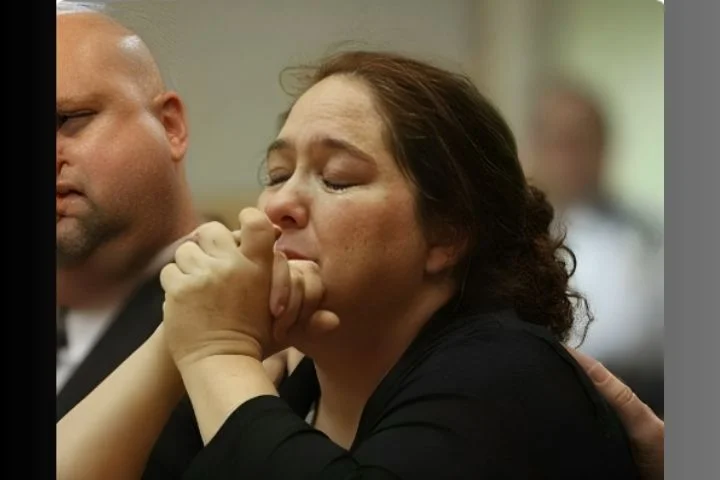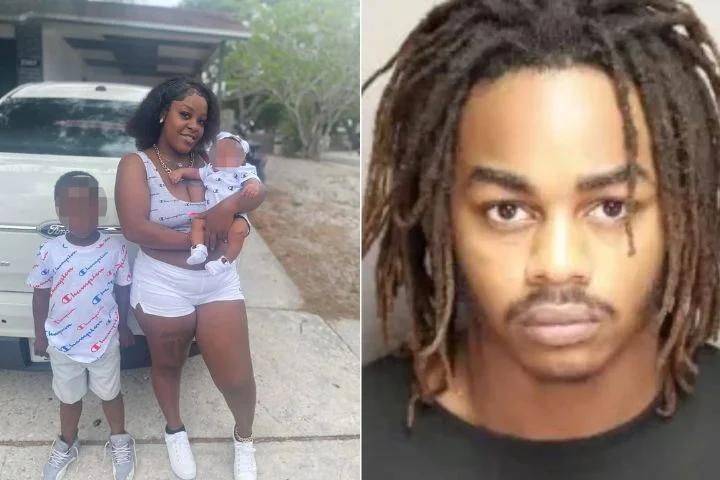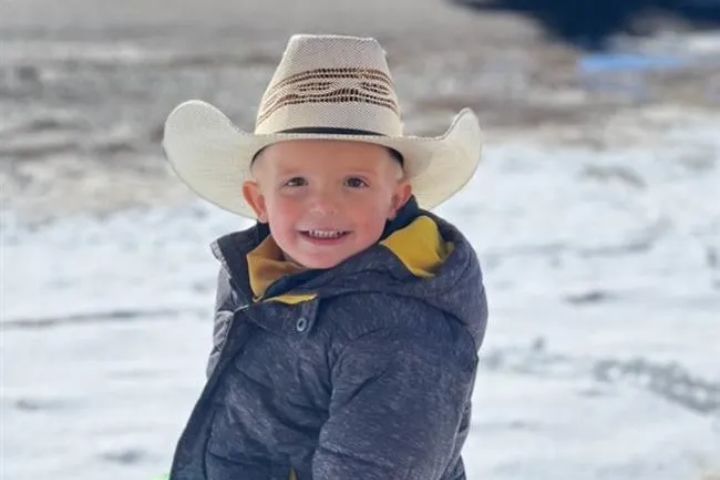A Florida woman, Stephanie Spurgeon was serving a jail term for a cri*me she did not commit. The date of her release was August 3, 2020. Spurgeon was charged with manslaughter in the August 2008 d*eath of Maria Harris, a baby who went unresponsive during the vehicle journey home after spending her first day in Spurgeon’s care.
Spurgeon was a married mother of two and a home childcare provider for fifteen years. Maria Harris, a new one-year-old in her care, fell ill after being picked up at the end of the day; Maria fell asleep and never awoke. Eight days later, she died of a cerebral hemorrhage.

According to doctors, the brain hemorrhage was caused by a*buse. This was the case despite the fact that the youngster did not exhibit any obvious evidence of harm or trauma. There were no scrapes, broken bones, or neck injuries. But, according to the prosecution, the brain enlargement was caused by the infant being repeatedly hurled on a soft surface, such as a mattress. Instead than focusing on the charges that the girl was thrown onto a soft surface, Spurgeon’s attorney refuted a hypothesis that the kid died as a result of being shaken, a theory on which prosecutors did not rely throughout the trial.
In 2018, Stephanie Spurgeon was granted a trial on the basis of fresh evidence to demonstrate her innocence.
Spurgeon was found guilty and sentenced to 15 years in jail in 2012. Spurgeon was found guilty of manslaughter after prosecutors at her trial stated that the girl’s brain enlargement could only have resulted from a*buse.

Spurgeon’s defense counsel want to contest her conviction using scientific evidence ranging from biomechanical engineering to clinical pathology. Our filmmaker, Seth Miller, contends that Spurgeon’s defense attorney failed to submit evidence that could have led to an acquittal. Spurgeon’s attorney chose to refute the idea of Shaken Baby Syndrome (SBS) rather than the prosecution’s true theory, which involved the baby being tossed into a soft surface.
Typically, shaken infant syndrome arises when a parent or caregiver violently shakes a child out of irritation or anger, generally because the youngster won’t stop crying. D*eath or permanent brain damage may follow.
Symptoms include agitation, trouble staying awake, convulsions, strange breathing, poor eating, bruising, and vomiting.
What Really Happened
A variety of diagnostic tests conducted on Maria when she was hospitalized revealed that she was experiencing an untreated diabetic crisis. Maria’s blood glucose was greater than four times the normal amount, and she had a blood clot in a vein at the crown of her head.
A pathologist specialist in blood diseases, Dr. Michael Laposata, testified that the clot formed approximately ten days before Maria was hospitalized. In addition, there were no bruises on her head that could have suggested physical ab*use.
Chris Van Ee, a specialist in biomechanical engineering from Michigan, also testified that tests conducted on infant-sized dummies demonstrate that Maria’s brain injury could not have been caused by falling onto a mattress.
Stephanie maintained her innocence, and two Innocence Programs took up her case. Three judges reversed Stephanie’s conviction, granted her a new trial, and set her bond after attorneys presented their findings. Her family paid her bond.






